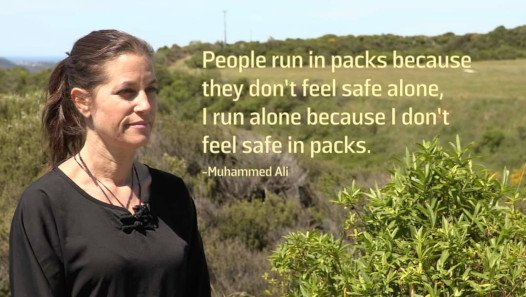During my training to become an Auxiliary Police Constable here in Toronto in the early 1980's our class was required to attend a day long program on "riot control techniques " one of the primary points that was repeated over and over was.... "Look out for the leaders in the crowd, they will drive the actions of the many ".
Being the kind of person who asks questions, I asked the training SGT what a potential riot leader looks like "? His answer was "the ones at the back, throwing rocks and bottles, using the crowd as a shield , and they will also be the loudest voices ".
The training was simple, all ways leave a potential exit point for the crowd to disperse through. Arrest those who actually attack police officers, and or others. Remove any facial masks or disguises, immediately after they were arrested, and take their photographs while they are being restrained by officers, for future court evidence. Use slow measured steps in the advance, use a second unit, to quietly come up behind the main group and close off the retreat route except for one pathway. Advise the group to "Leave the area or you will be arrested by Police ".
In Canada, Police dogs are not allowed to be used in crowd control measures, but they can be present, but wearing muzzles. Police horses are one of the very best riot/crowd control measures. It is a rare human who will stand still when a 1200 pound horse is moving sideways through a crowd. The mounted officer also has an elevated view over the heads of the crowd, and can report via radio what he sees to his supervisor.
Mounted officers usually work in pairs or fours. Breaking up groups is one tactic amongst many that can be used. The use of less than lethal weapons are restricted in Canada, and in general they will only be deployed as a last resort . Having them present, and clearly evident is a standard tactic to show the crowd what "could happen " if things get too far out of hand . JimB.


